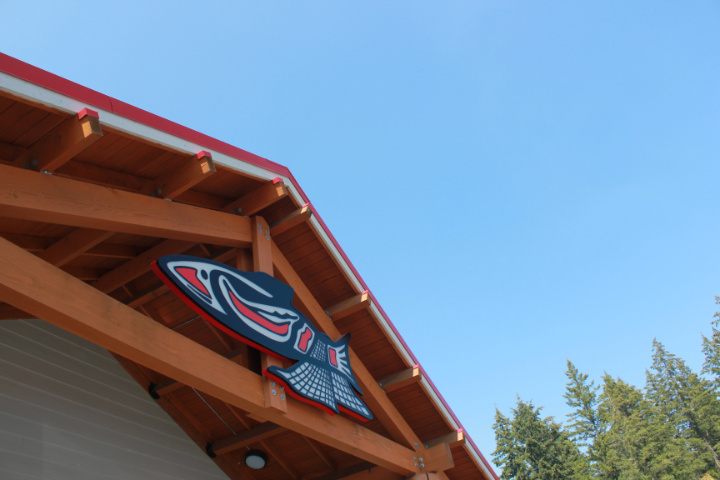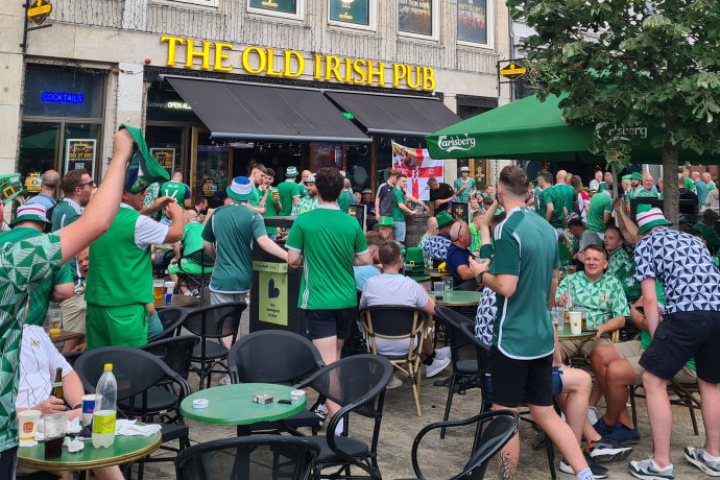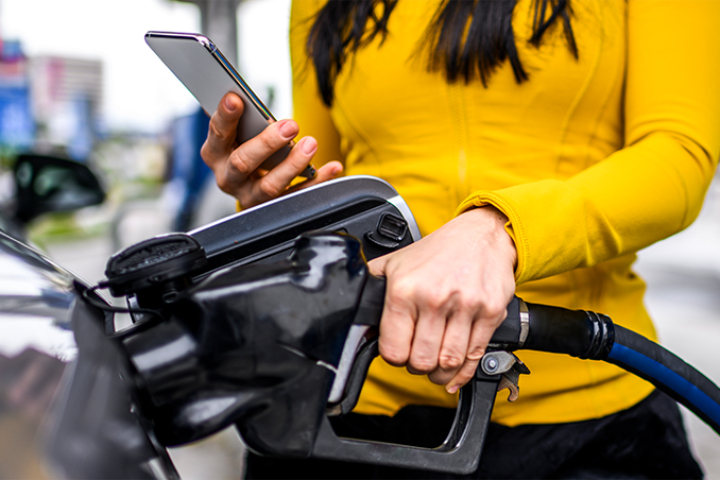Subscription programs for drinks and snacks encourage customers to change from impulse buyers to automatic customers
Customers stop at gas stations and convenience stores to buy fuel, for beverages and snacks and to use the bathroom, essentially in that order of priority. A NACS survey of gas-buying customers found that half went into the store while half left just after filling up with gas. Of those that went into the store, 42% went in to buy a beverage and 37% went in to buy a snack.
The opportunity is loud and clear that customers can certainly be enticed to buy a food or beverage and with the right marketing and technology, retailers can not only increase in-store foot traffic but convert those thirsty, hungry shoppers into frequent customers. Retailers can transform impulse buyers into automatic customers.
Why Pick One Store Over Another?
For gas-buying customers, price is the number one reason for choosing a place to shop. Gas stations are the only retailers in the world that display prices on a 30-foot LED sign that can be seen from a quarter-mile away. But, when prices vary by just a cent or two between neighboring stores, loyalty to store brands and discounts tend to drive customers toward one store over another.
Now that we have an idea of what gets customers on the lot, the key to increasing profitability is to get that customer into the store. One way to reward a customer for their loyalty is to engage them with valuable rewards.
Another way to ensure they keep coming back is if they’re invested in a subscription program. Beverage subscription programs are one of the latest trends in convenience and food retailing and a crucial component to not only winning the wallet of a customer but also seizing that same spend from another retailer.
From Impulse Shopper to Automatic Customer
Let’s follow Rose, a semi-regular customer who stops at a convenience store weekly to get coffee after filling up her gas on her way to work. Rose passes for gas stations each morning and has little allegiance to one over another, though she likes the coffee most at Stores A and B.
Rose has a paper stamp card for Store A which offers her a free coffee for every ten she buys at $2.00 per cup. When she remembers the card, she is excited about the reward. Store B launches a new subscription coffee program where for $6.00 a month, she can have one free coffee every single day. Rose decides to join Store B’s subscription program and now stops there every time she needs her weekly gas fill-up so she can maximize her subscription. Also, since she passes by there every day anyway, she now stops a few other times each week and often buys a pastry, too. She becomes an automatic customer.
Rose likes the Store B subscription and lets it automatically renew each month and has not been to Store A since joining the program. Rose also enjoys the extra benefits that come along with Store B’s loyalty program such as discounts on items, 3 cents off per gallon at the pump when she pays with the app, and she sometimes wins prizes with the fun games.
Store B has a loyal customer in Rose.
Store A lost a customer.

Create Brand Advocates with a Strong Loyalty Offer and Subscription Program
Rose asked her friend Steve to meet up for coffee. There were a few places to choose from including Coffee Shop A and Convenience Store B (from the earlier example) which have a large outdoor seating area. Rose likes the coffee at both locations, but since she already pays monthly for coffee, Rose decides to meet Steve at Convenience Store B. While there, she redeems her daily coffee and buys Steve a cup and a pastry to share. Steve is so happy with his coffee that he buys his own monthly subscription and now is a new automatic customer for Store B!

Convenience Store Customers are Pre-Meditative in Their Purchases
Subscription programs take the thinking out of the customer’s daily journey. While some impulsive customers will show up for their gas and be persuaded by colorful signs for an ice-cold drink or a juicy chicken sandwich, most already know what they want to buy, besides just fuel.
According to a NACS customer intercept study, only 1 in 5 shoppers decided to make the purchase on-site at the convenience store. 80% of shoppers said that they made the decision to make a purchase at a convenience store before they set foot in the store.
A well-timed notification from the store’s loyalty app is one way to get their attention. Another way is with beacons to entice passers-by to stop in. However, a food or drink subscriber would already want to use their paid subscription and might plan an entire trip around that store. While notifications and marketing are a great nudge, a subscription program is a guaranteed conversion of members to automatic customers who will be in the store and a good indicator that they’re going to buy even more once there.
Win The Trip And The Automatic Customer
Subscription programs for drinks and snacks are a win for both retailers and customers. Retailers can count on recurring revenue through automatic customers and increased basket sizes. Customers can feel that they are saving money with a subscription and it also takes the thinking out of where to stop. Don’t let competitors beat you to offering a subscription program and avoid losing valuable customers by investing in your own easy subscription program in order to create automatic customers.
About Liquid Barcodes
Liquid Barcodes loyalty platform is powering loyalty programmes for industry leaders across several global markets, offering unique subscription, mobile payment, gamification, loyalty and personalization capabilities. Learn more about Liquid Barcodes at LiquidBarcodes.com.
About the Author
Carolyn Schnare, Chief Content Officer, Liquid Barcodes
Carolyn Schnare has been involved with the convenience retailing industry for two decades with extensive knowledge of customer engagement and marketing, sustainability, and community outreach. Prior to Liquid Barcodes, Schnare worked at NACS (National Association of Convenience Stores) in a variety of roles from event production to membership and most recently as Director of Strategic Initiatives and host and producer of the popular industry podcast, Convenience Matters.





















